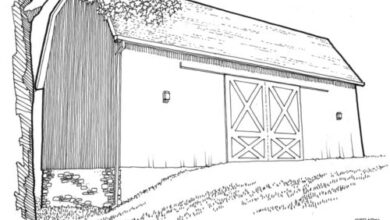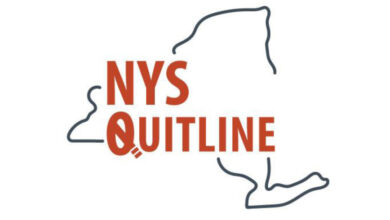Board continues to maximize outflows as wet weather persists
Following record setting wet weather in April and May, heavy rains and storms have been frequent and widespread June through mid-July, resulting in continued wet conditions and causing high water levels to persist throughout much of the Lake Ontario – St. Lawrence River system.
The International Joint Commission Lake Ontario/St. Lawrence River Board continues to release the unprecedented outflow of 10,400 m3/s (367,300 cfs) with the intent of providing all possible relief to Lake Ontario shoreline property owners, boaters, and other affected interests, while balancing the impacts on other affected stakeholders in the system.
The board continues to meet regularly to assess current and forecast hydrologic conditions. Over the past several weeks, inflows to Lake Ontario from Lake Erie and the Lake Ontario basin itself have remained above average. Relatively high Ottawa River flows have also continued. Nonetheless, since peaking in late May, water levels have been generally declining on Lake Ontario, and it is now 20 centimeters (7.9 inches) below the peak level last recorded May 29.
St. Lawrence River levels have also been falling, including at Lake St. Lawrence, immediately upstream of Moses-Saunders Dam, and at Lake St. Louis near Montreal, where levels were 47 centimeters (18.5 inches) below the highest levels recorded earlier this spring.
In light of these conditions, the board also discussed current and expected outflows from Lake Ontario. When setting the outflow, the board must consider the effects on the entire Lake Ontario – St. Lawrence River system. The board understands that severe hardships continue to be incurred by Lake Ontario residents and business owners alike due to continuing high lake levels, associated flooding and related damages. The board has set the current high outflow in an attempt to best alleviate these impacts, but recognizes that any further increases in outflow would only provide a few centimeters (or about an inch) of additional relief to Lake Ontario per week, while causing rapid and significant changes to St. Lawrence River conditions and substantial adverse socio-economic and ecological impacts throughout the region.
Notably, recent high outflows have already increased currents and reduced depths in the upper St. Lawrence River, between Moses-Saunders Dam and the Thousand Islands area. The board concludes that any further increase in outflow would jeopardize the safety of ships or halt commercial navigation. This would also cause many coastal lands along the St. Lawrence to be subject to potential shoreline erosion. Such increases would also substantially reduce water levels at Lake St. Lawrence, impacting near-shore habitat and recreational boating in this stretch of the river, and potentially municipal water intakes under the highest flow scenarios.
Additionally, increases in outflow may induce further flooding on the lower St. Lawrence River, where like on Lake Ontario, hundreds of residents have already been impacted over the past several weeks, including at Lake St. Louis in the Montreal area, all the way to Lake St. Peter and the city of Trois-Rivières in the province of Quebec.
The board, in consideration of all of these factors, has decided to remain at the current record outflow in order to maximize the rate of decline in Lake Ontario levels, while limiting the impacts on other interests throughout the system. Water levels are expected to continue to decline into the fall and winter throughout the system. As they do, the Board, in conjunction with its staff, will continue to monitor and reassess conditions on an ongoing basis.
Information on hydrologic conditions, water levels and outflows, including graphics and photos, are posted to the board’s Facebook page at www.facebook.com/InternationalLakeOntarioStLawrenceRiverBoard (English), and additional information is available on its website at http://ijc.org/en_/islrbc.
Provided information






